The Best Food Prep, Cooking and Storage Ideas
Cooking methods
- If baking, keep the oven temperature as low as possible to cook thoroughly (low and slow).
- Avoid dry heat – baking animal protein and vegetables in dry heat can result in harmful inflammatory compound formation. Baking with liquids helps to reduce this.
- Remove any portions of browned, charred food before consuming. Browning food can also form harmful inflammatory compounds, particularly at higher temperatures.
- If you have to use a microwave, avoid using plastic containers, as chemicals may potentially leach from the plastic into the food. Using glass cookware is desirable. Avoid cooking with non-stick cookware as this contains a chemical known as Polytetrafluoroethylene (PTFE).
Ideal cooking methods
Avoid or minimise these cooking methods
• Boiling • High-temperature cooking*
• Baking (if food becomes browned or crisp)
• Barbecuing • Frying • Grilling • Stir-frying with oil • Toasting
- Washing and storing food properly is essential to maintaining the nutrient quality and longevity of food. If food is stored properly, it remains fresher for longer. This prevents you from having to throw away food unnecessarily, which may be kinder to your budget.
- It is always a good time of year to do an audit of your fridge and pantry, clearing out any unhealthy or out-of-date items. When you go to your fridge or pantry, what do you see?
- Are all the packaged or bottled items in date and sealed properly?
- Are your organic vegetables stored in the crisper after being washed? Washing vegetables and fruits before consumption is essential to remove potential toxic residues that may be resting on the surface, especially for non-organic foods.
- Store fresh produce in the crisper to prevent it from wilting; wrapping in unbleached paper towels or a clean cloth may help absorb extra water.
- Don’t pack your refrigerator to the brim. Leave some breathing room to allow the air to circulate.
- Avoid storing foods in plastic containers or polystyrene containers and covering food with plastic wrap. Instead, opt for non-porous storage options such as glassware, ceramic or stainless steel. Use a plate to cover food if needed, instead of plastic wrap.
- Keep spices, onions, potatoes and oils stored in a cool dark place to prevent spoilage.
- Thawing is most safely done in the refrigerator in a sealed package.
- Freeze foods using glass or enamel containers, butcher’s paper, parchment, foil or number 4 freezer bags for freezing. Make sure hot food has cooled before placing it in storage bags.

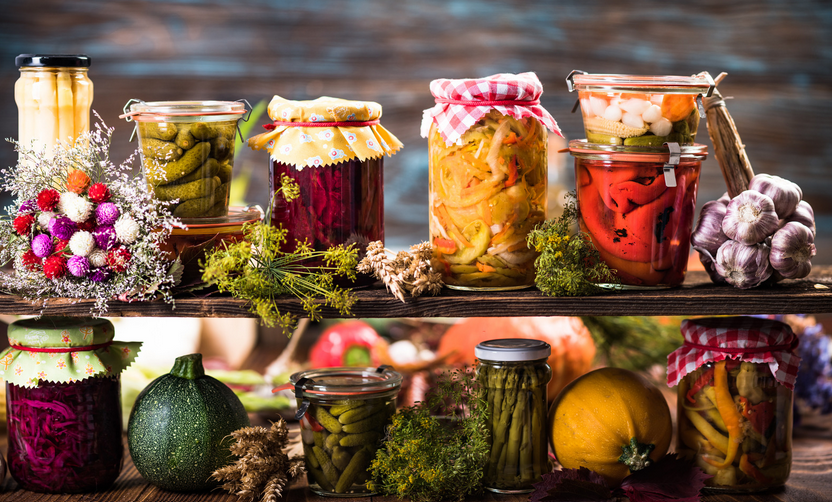
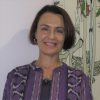

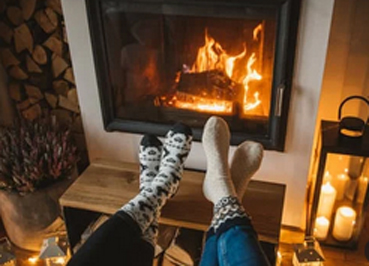
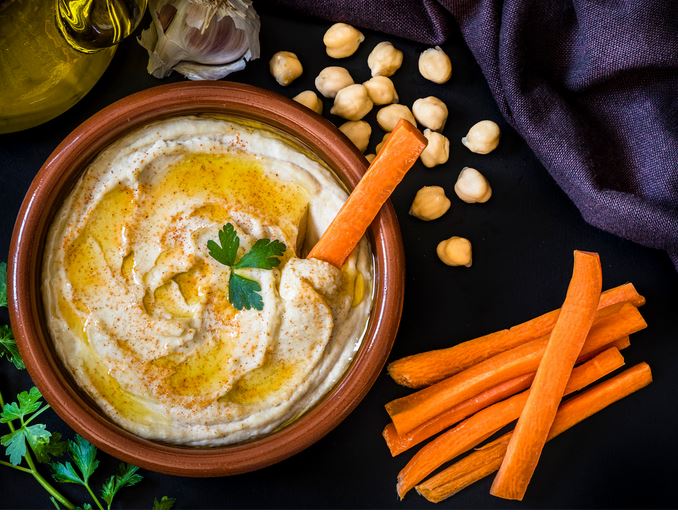
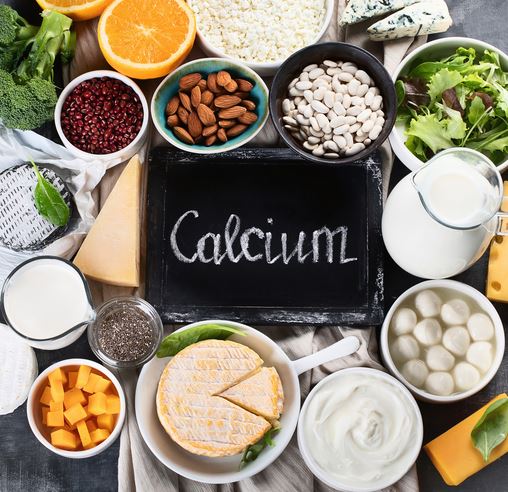

0 Comments